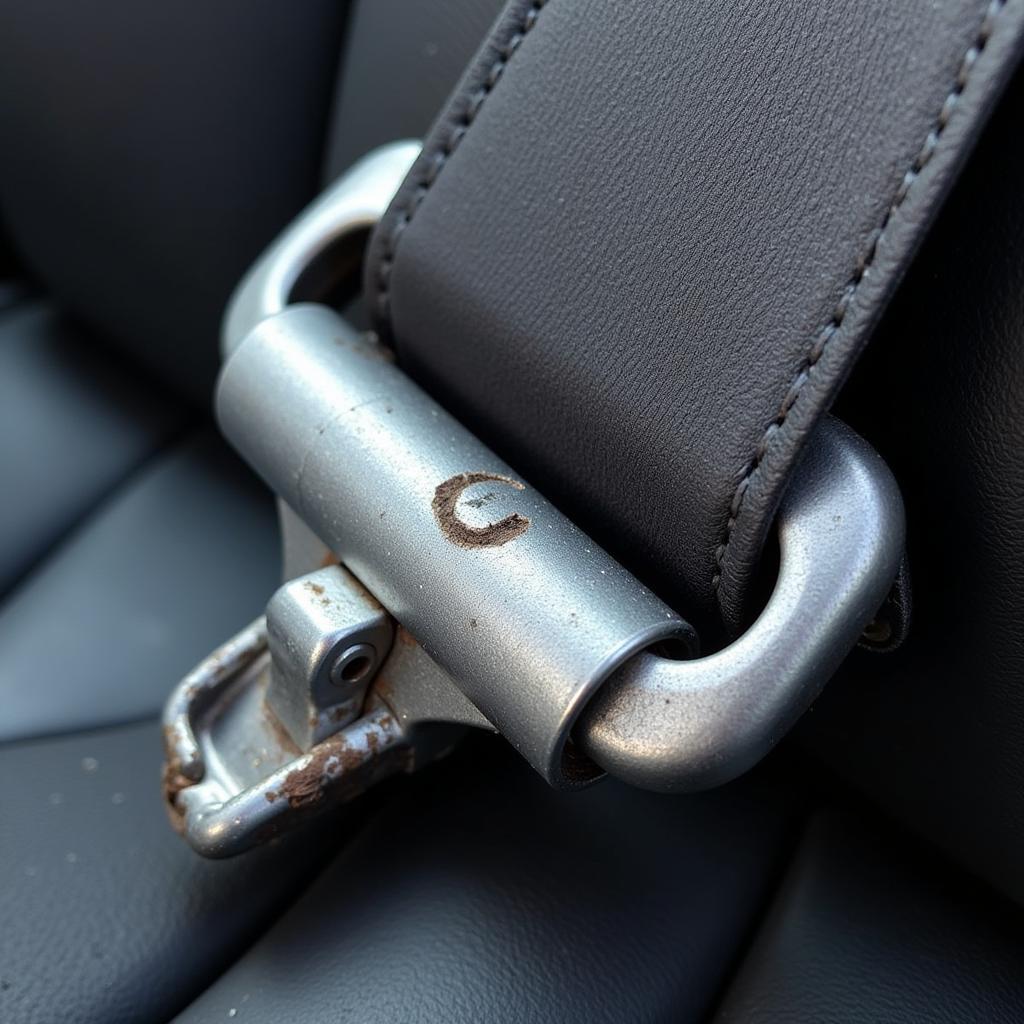Understanding car radio speaker wiring is crucial for any car audio enthusiast. Whether you’re upgrading your car’s sound system or troubleshooting a faulty speaker, knowing how to correctly wire your car speakers can save you time, money, and frustration. This guide provides a detailed look at car radio speaker wiring, from basic principles to advanced techniques. car radio speaker wiring diagram provides a good starting point for understanding the layout.
Decoding the Basics of Car Radio Speaker Wiring
Car speaker wiring might seem intimidating at first, but it follows a fairly straightforward logic once you grasp the fundamentals. Each speaker has two terminals, positive (+) and negative (-), which need to be connected to the corresponding terminals on the car radio’s amplifier. The polarity is essential; getting it wrong can lead to poor sound quality and even damage your speakers.
Understanding Speaker Wire Colors
Speaker wires usually come in color-coded pairs to help you identify polarity. Typically, the striped wire is positive, and the solid color wire is negative. However, this can vary, so always check your car radio and speaker manuals for specific instructions.
 Car Speaker Wire Colors – Positive and Negative
Car Speaker Wire Colors – Positive and Negative
Troubleshooting Common Car Radio Speaker Wiring Problems
One of the most common issues is no sound coming from one or more speakers. This can be due to several reasons, such as a blown fuse, a disconnected wire, or a faulty speaker. A multimeter can be a valuable tool for diagnosing these issues.
How to Use a Multimeter for Speaker Wiring Diagnosis
A multimeter can check for continuity in the wiring and determine if the speaker is receiving power. By testing the resistance at various points along the wiring, you can pinpoint the location of the fault. pioneer car radio speaker wiring offers specific guidance for Pioneer systems.
Wiring Multiple Speakers: Series vs. Parallel
When wiring multiple speakers, you can connect them in series or parallel. Series wiring increases the overall impedance, while parallel wiring decreases it. The choice depends on your car radio’s amplifier and the speakers’ impedance. wiring 2 car speakers to radio explains the process for connecting two speakers.
Matching Speaker Impedance to Your Car Radio
Matching the impedance of your speakers to the output impedance of your car radio is crucial for optimal performance and to prevent damage to the amplifier.
John Smith, a veteran car audio technician, advises, “Always double-check the impedance compatibility between your head unit and speakers to avoid potential problems down the line.”
Advanced Car Radio Speaker Wiring Techniques
For more advanced setups, such as adding an amplifier or subwoofer, you’ll need to understand concepts like bridging and crossovers. Bridging combines two amplifier channels to increase power output, while crossovers direct specific frequencies to different speakers.
Installing a Car Amplifier and Subwoofer
Installing an amplifier and subwoofer can significantly enhance your car’s audio system. This involves running power cables from the battery to the amplifier and connecting the amplifier to the speakers. kenwood car radio speaker wiring colors can be a useful reference for Kenwood systems, helping you identify the correct wiring connections.
Maria Garcia, a certified car audio installer, suggests, “Invest in high-quality wiring and connectors to ensure a clean and reliable installation.”
Conclusion
Understanding car radio speaker wiring is an essential skill for anyone looking to improve their car’s audio system. By following the guidelines in this guide and referencing resources like wiring car radio speakers, you can achieve optimal sound quality and avoid potential problems. Remember to consult your car radio and speaker manuals for specific instructions and always double-check your connections before powering on your system. Car radio speaker wiring can seem daunting at first, but with patience and attention to detail, you can create the car audio system of your dreams.

